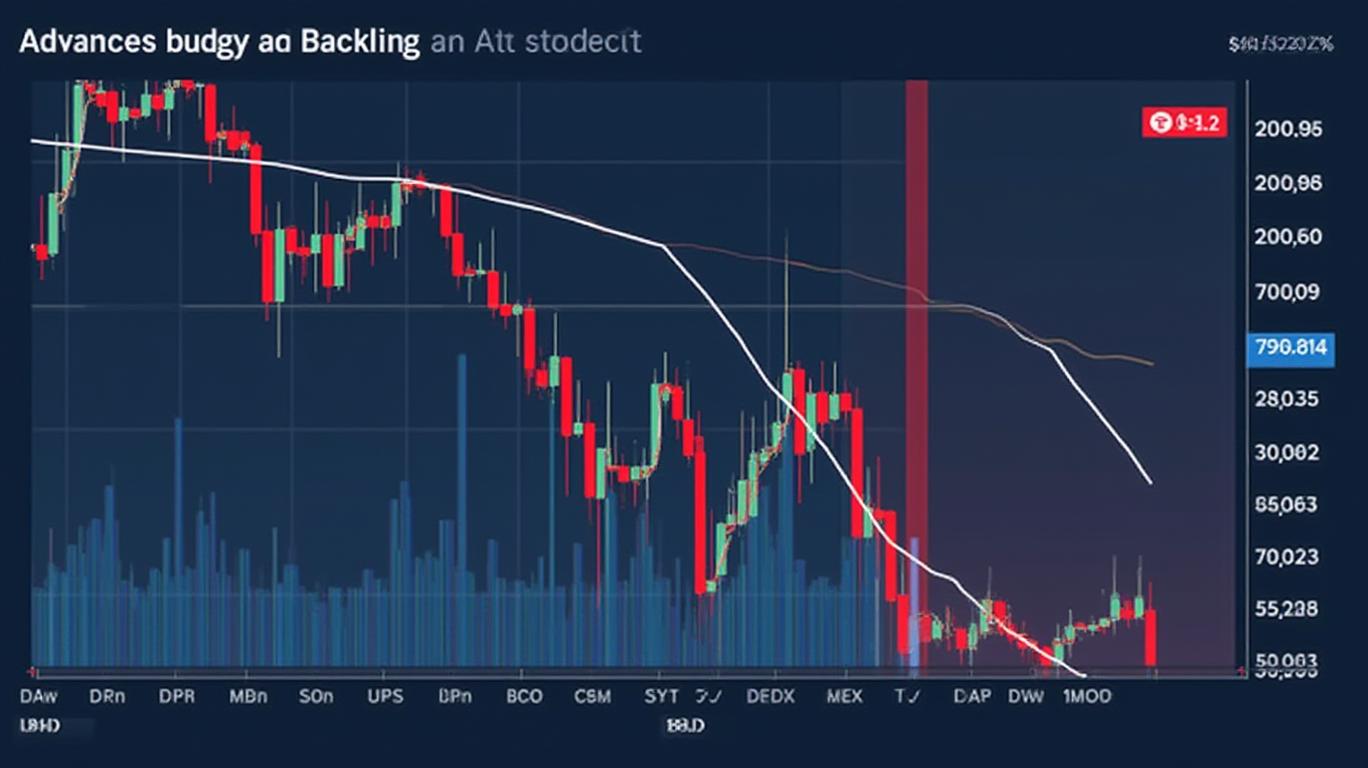Element Fleet Management's Q1 2025 Earnings: A Steady Climb Amid Sector Challenges
Element Fleet Management (EFRMF), a leading provider of fleet management solutions, delivered a modest yet consistent performance in Q1 2025, reporting an adjusted diluted EPS of US$0.28, up 8% from US$0.26 in the same period last year. This growth, while not staggering, underscores the company’s resilience in an industry facing macroeconomic headwinds, including fluctuating fuel prices and evolving regulatory pressures.

Parsing the Numbers: EPS Growth and Operational Leverage
The adjusted diluted EPS increase reflects improvements in both profitability and cost management. Q1 2024’s baseline of $0.26 was derived from an adjusted operating income (AOI) of $143.6 million, while Q1 2025’s AOI rose further, though exact figures are not disclosed. Crucially, the diluted EPS calculation accounts for 404,118 thousand weighted average shares outstanding in Q1 2024—a metric that remains critical to per-share value dilution.
The 8% year-over-year (YoY) EPS growth aligns with the company’s focus on operational efficiency. Adjustments for one-time items, such as share-based compensation and strategic initiatives, were prudently managed, minimizing their drag on earnings. Tax impacts also played a role, with after-tax adjustments refined to optimize the bottom line.
Navigating the GAAP vs. Non-GAAP Debate
A key point of clarification lies in the distinction between basic and diluted EPS. While some reports cite a “record adjusted EPS of US$0.27” for Q1 2024, this figure likely refers to adjusted basic EPS, which excludes the dilutive effect of potential stock options and convertible securities. The $0.26 diluted EPS cited in reconciliations is the more conservative, GAAP-compliant metric, reflecting the true economic impact of expanded share counts.
This nuance is vital for investors. Diluted EPS provides a clearer picture of earnings accessibility to all shareholders, including those with potential claim rights. Element’s adherence to this measure signals transparency, even as it highlights growth in non-GAAP terms for strategic storytelling.
Sector Context and Growth Catalysts
The fleet management sector remains competitive, with rising demand for electric vehicle (EV) fleets and digital telematics solutions. Element’s investments in technology—such as predictive maintenance tools and sustainability reporting platforms—position it to capitalize on these trends. However, challenges persist: fuel cost volatility and supply chain disruptions could compress margins if not managed proactively.
Conclusion: A Cautionary Optimism
Element Fleet Management’s Q1 2025 results demonstrate steady progress, but they also highlight the need for sustained execution. The 8% YoY EPS growth to $0.28 is encouraging, particularly given the 2024 baseline of $0.26, which was already bolstered by strong operational performance. Key drivers include:
- Cost discipline: Effective management of non-recurring expenses.
- Share count stability: The diluted share figure remained consistent year-over-year, avoiding dilution from equity issuances.
- Top-line resilience: Though revenue specifics are not provided, the EPS growth suggests stable or growing revenue in line with industry peers.
Investors should monitor macroeconomic factors closely. If fuel prices stabilize or EV adoption accelerates, Element’s technology-forward strategy could amplify its margins. Conversely, a prolonged economic slowdown might test its ability to maintain these gains.
In summary, Element’s Q1 2025 earnings reflect a company navigating challenges with prudence, but its long-term success hinges on leveraging innovation to outpace sector headwinds. For now, the $0.28 EPS serves as a modest but meaningful milestone—a reminder that in a volatile market, consistency is a virtue.










